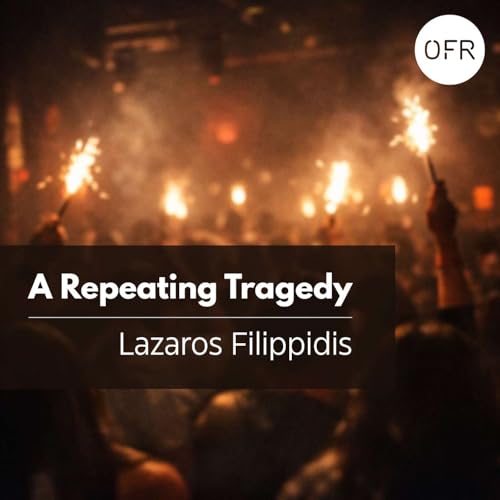A fire in a public venue happened again. No, I am not talking about the one in Switzerland. Since the tragic New Year celebration, we had one more near-miss in Madrid on Jan 10th 2026... In fact, who knows how many we actually had? It is a tragedy that feels like it is playing on repeat...
In this podcast episode, we try to dig into why nightclub fires follow the same script decade after decade—what are the parts of the pattern, and what can we do through smarter design, honest modelling, and real enforcement. With guest Lazaros Filippidis from the Fire Safety Engineering Group at the University of Greenwich, we map the chain of failure: combustible acoustic treatments under low ceilings, narrow or locked exits, stair “chimneys” that pull smoke toward escaping crowds, and furniture layouts that turn doors into traps.
We talk about human behaviour. People head for the entrance they know. They hesitate when cues conflict—especially if pyrotechnics were part of the show minutes earlier. Phones come out. People respond in such a way not because people are foolish, but because recognition takes time in loud, dark, crowded spaces. The fix isn’t shaming; it’s designing for how people really act: outward‑opening doors, multiple distributed exits, better signage, immediate lights up and music down, and staff who redirect flow on instinct.
For engineers, we go beyond textbook ASET vs RSET and show how coupled fire–evacuation modeling reveals the true picture as heat, irritants, and visibility degrade movement and decision‑making. We make the case for sensitivity analyses: add more patrons, block an exit, switch to ultra‑fast fire growth, drop a service trolley into a corridor, and see in what scenarios your modelling results collapse. We can find the bottlenecks, and if we do, we can fix them. With practical tools—from zone models to agent‑based simulators—you can find vulnerabilities before opening night and recommend changes that add crucial minutes or even seconds.
It was a tough episode to record, especially since there is not much new we have learnt about human behaviour or fire growth in such facilities... I hope this provides some food for thought and fuels future design considerations.
If you are interested in modelling done with buildingExodus, for which Lazaros is one of the developers, please go and visit the FSEG website.
----
The Fire Science Show is produced by the Fire Science Media in collaboration with OFR Consultants. Thank you to the podcast sponsor for their continuous support towards our mission.
 1 hora e 9 minutos
1 hora e 9 minutos 1 hora
1 hora 57 minutos
57 minutos 53 minutos
53 minutos Dec 24 20254 minutos
Dec 24 20254 minutos 1 hora
1 hora 52 minutos
52 minutos 1 hora e 1 minuto
1 hora e 1 minuto

